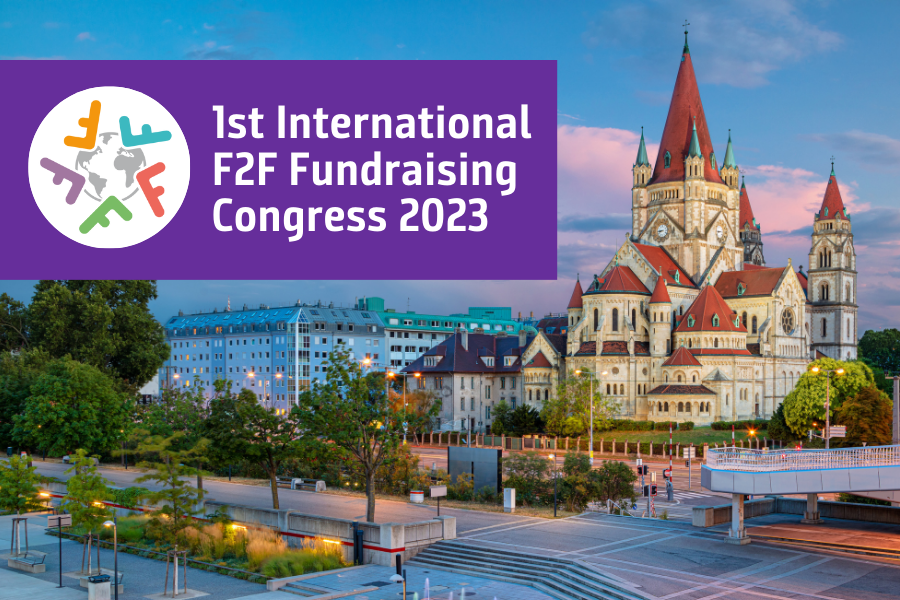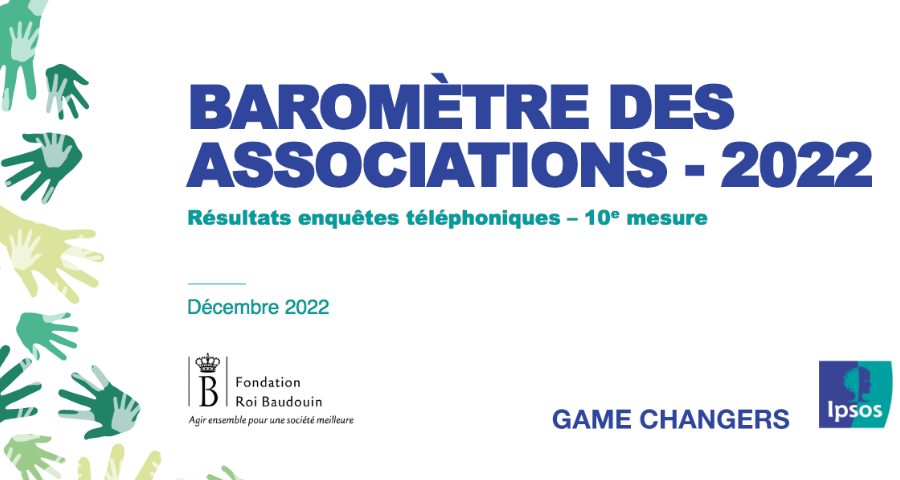
Legacy pioneer Arjen van Ketel joins Legacy Futures
January 18, 2023
Tickets on sale for first International F2F Fundraising Congress
January 18, 2023A new report shows that nearly half (48%) of nonprofit associations in Belgium expect their financial situation to get worse in 2023, with the figure particularly high for those in the social (55%) and health (50%) sectors.
In all of the other three sectors defined by the report – culture & leisure; environment & animal welfare; and development – the figure is lower, at 42%.
This is according to a survey of 700 Belgian associations registered on Bonnes Causes, which was carried out by polling firm Ipsos for the King Baudouin Foundation.
The 2022 Associations Barometer also reveals that associations in the social and health sectors were more likely to say that their financial situation got worse during the past year, and to have a negative view of the financial health of the nonprofit sector as a whole.
Looking back at 2022, 40% of those surveyed said their financial situation had worsened, while 14% said theirs had improved. This compares to 49% worsening and 8% improving in 2020. Pre-pandemic, back in 2018, more associations reported improved finances (22%) than worsened finances (19%).
However, despite this, only 10% of respondents said they had faced financial difficulties in 2022. This figure is much higher for small organisations (14%) compared with large (6%) or very large (2%) ones. The same overall figure was true in 2020.
The data also shows that charities were more concerned about the impact of rising inflation than about the effects of Covid-19 on their fundraising.
Sources of money
The report points out that funding in the form of government grants – local, regional, federal, and European – which is crucial for the country’s nonprofits, appears to have remained relatively stable during the year.
In 2022, it accounted for 58% of the sector’s total revenues, with 74% of respondents receiving this type of income.
This compares to 73% of respondents receiving donations from the public (individual giving and wills), and the public and private sector (such as companies, private foundations, and public interest foundations). This makes up 25% of overall sector income although a growing number of associations – 31% in 2020 and 40% in 2022 – say that the number of these donations received decreased during the year.
The majority (64%) collect donations through digital channels, although this figure varies across the sector. It is much higher (86%) for development organisations, close to average in social (66%) and environment & animal welfare (62%), and lower in culture & leisure (58%) and health (56%).
Development charities were the most likely to use a wider range of fundraising channels, the report shows.
Commenting, Dorien Baelden, senior project coordinator, King Baudouin Foundation, said:
“After the Covid-19 pandemic, the effects of which are still being felt, it is now high inflation that is weakening the financial base of nonprofit organisations and putting pressure on their future prospects. Although the sector is resilient, nonprofits deserve our support more than ever. In times of crisis, they play a key role in strengthening the social fabric. Support from both the public and private sectors therefore remains essential.”



